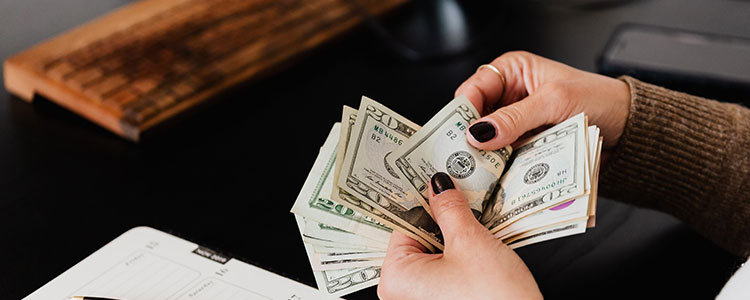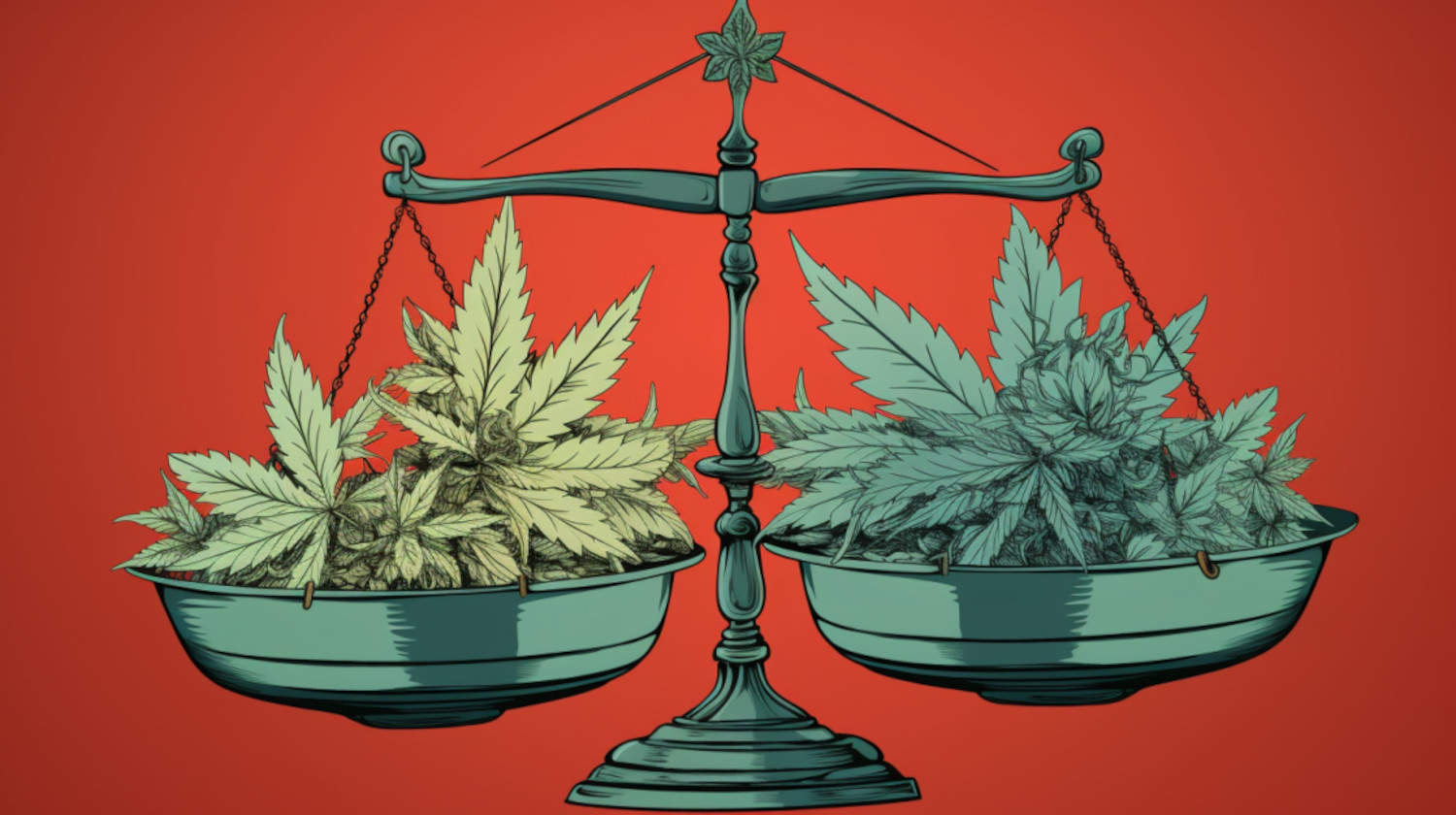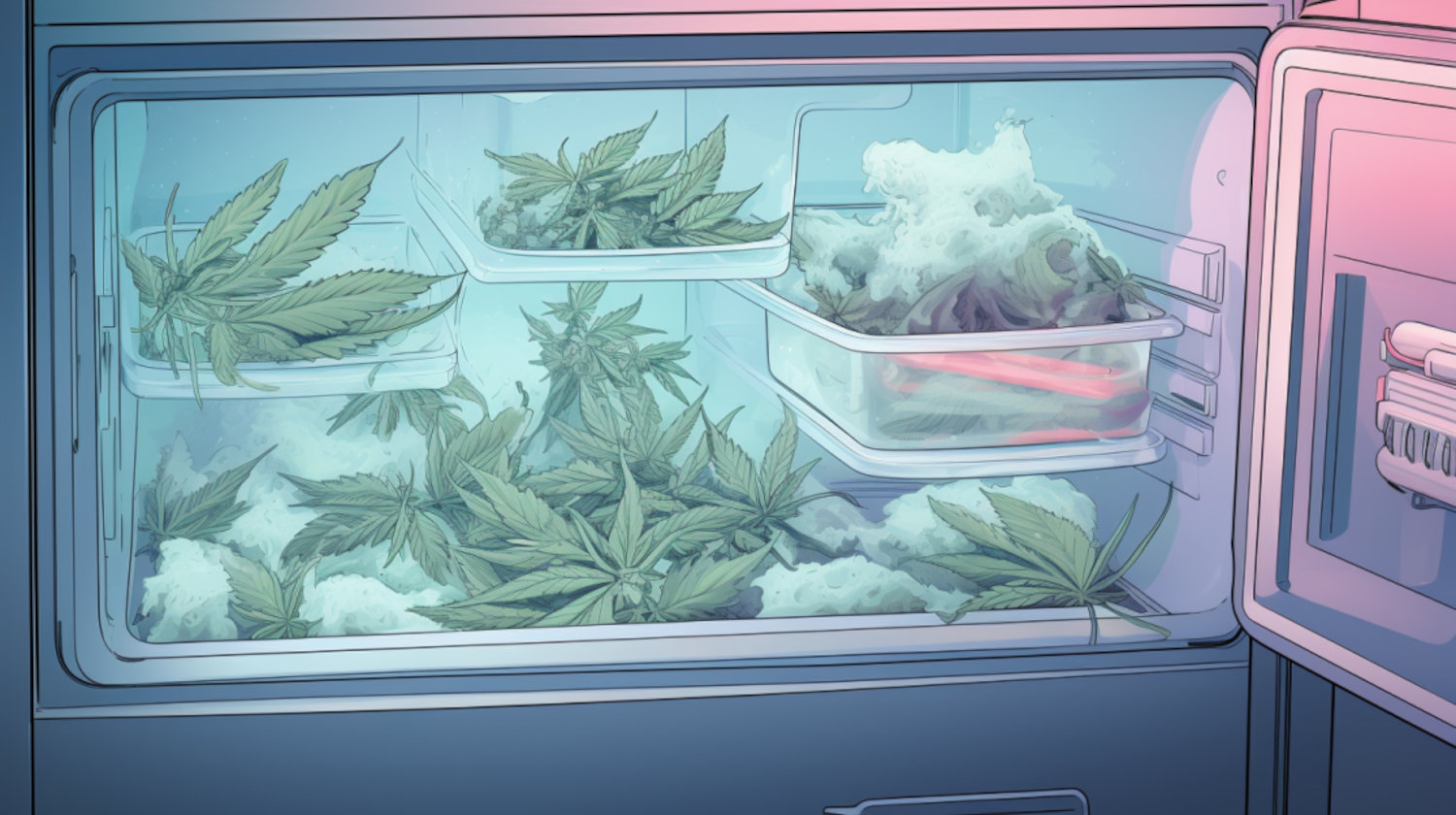In This Article
The cannabis market is beginning to feel the impact of tariffs. Patients are already spending less on cannabis, with a recent NuggMD poll showing 66% of consumers are cutting back on legal purchases due to inflation. Tariffs are set to drive up prices even more.
There are plenty of news outlets covering the upcoming Chinese-sourced vape hardware shortages, but the impact of tariffs on cannabis consumers will be far more wide ranging. Consider that even though all cannabis flower is locally grown, its production depends heavily on imported goods. Everything from shelving to lights to fertilizer is heavily sourced from other nations, especially China. In short, every type of product will be affected to some degree.
So how will each type of product will be impacted?
Flower
About 80% of U.S. potash (potassium fertilizer) comes from Canada. This is one of three main nutrients needed for cannabis production, along with nitrogen and phosphorus. Phosphate fertilizers from countries like Morocco faced separate duties even before the recent trade moves. Peat moss and compost also come from Canada, and these products are all going to be more expensive now.
Many high-efficiency LED grow lights, pumps, and environmental controls – not to mention shelving, containers, and irrigation tubing – are manufactured in China, which is now subjected to 145% tariffs.
Even if we were to source these products from countries with lower tariffs, they aren't likely to match China's low production costs. Whether for better or worse in the long run, the immediate impact of tariffs will be that cultivators and consumers end up paying more.
Still, the cultivation cost is only a fraction of cannabis's high value, so the tariffs are only expected to result in a moderate price increase at harvest. However, packaging, like mylar bags and glass jars with lids, are also subject to the tariffs. And the packaging isn't optional for producers. with regulatory costs and taxes causing most of that pain.
In short, they're getting hit from every angle, and they must either absorb the cost or pass it on to consumers. Most producers are already operating at razor thin margins or a loss due to excess taxation and regulatory burden.
If producers can't absorb the costs, that means patients will be paying for the increase at the retail counter. It's possible the cumulative effect of the tariffs will increase retail flower prices by around 5% to 10% where oversupply drives the price down, and more where production is more limited. And as the trade war drags on, undersupply will become more of a problem.
Vapes

Vape cartridges will see a much steeper increase in price. The batteries and heating hardware already compose a significant portion of a vape cartridge's production cost, and almost all of this hardware is sourced from China.
In this particular case, patients may see shortages as well as increased costs. Already, shipping customers have canceled 30% of U.S. orders from China.
There are U.S. vape producers like AVD in Seattle, and DynaVap in Wisconsin, but these companies still depend on at least some imported raw materials.
And alternative suppliers in countries like Malaysia and Indonesia face 24% to 32% tariffs, so changing sources of raw materials and vape devices won't provide relief from this sticker shock.
By early 2026, retail prices for vape products could cost an additional 10% or more than today. A cartridge that sold for $40 might be $45, or a disposable pen that was $30 might creep toward $35 or even $40.
Our recent poll on vape use shows that 79% of cannabis consumers use vapes at least sometimes, and 39% use them frequently. Unfortunately, higher legal-market prices may push some consumers toward illicit vape products, a dangerous trend given safety concerns. This puts legal retailers in a tough spot.
Switching to a dry herb vaporizer might insulate patients a bit from this additional cost, but remember that most of these products are produced in China as well.
Edibles
Some types of edibles may be insulated from the price increases since key ingredients are imported from many different countries and can be replaced with US made products as well. Still, you can expect to see modest price hikes depending on your product preference.
Many spices and flavorings used in gummies, baked goods, and beverages are imported from Asia. With India's 26% tariff rate, we could see hikes in prices of products containing spices like turmeric, cardamom, and pepper as well as tea and herbal extracts.
Similarity, flavor oils and extracts from Europe will be subject to a 20% tariff. Cocoa, which is largely produced in Ivory Coast, now faces a 21% tariff. This could raise the price of chocolate goodies considerably.
That said, many edible ingredients like flour, dairy, and milk are sourced domestically, so the biggest cost increase may be the packaging. This could make edibles more resistant to tariffs than other cannabis product categories. Whereas cannabis beverages may see slightly larger price hikes because packaging tends to be the largest per-unit cost driver for beverages.
It all adds up, especially for patients who depend on affordable products. In a market where patients are already spending less on legal purchases, rising costs from tariffs present a real danger of increased black market activity.
What Can Patients Do?

If you depend on vapes, it might be wise to buy extra hardware now before prices go up or availability dries up. You might want to invest in a few extra cartridges too, keeping the shelf life and possession limits in mind. This may insulate you from price increases or shortages while any trade chaos settles down.
If you use edibles, be flexible. You may want to switch to products that rely on more locally sourced ingredients. You can stock up on some favorites that might see shorter supply, like chocolates, by freezing them (again, being mindful of possession limits).
Finally, if you use flower, consider dry herb vaping instead of smoking. Vaping cannabis flower is a great way to stretch your stash, and it might even be a little less dangerous for your lungs. You can also save your leftover vaped flower and use it to make very potent edibles!
Learn about cannabis laws and regulations, and sign up for NuggMD's Weekly Sesh newsletter for consumer stories, tips, and analyses on how changing regulations may impact patients.
Resources
- https://farmdocdaily.illinois.edu/2025/02/tariff-threats-and-us-fertilizer-imports.html
- https://www.reuters.com/business/autos-transportation/hapag-lloyd-says-30-chinas-us-bound-shipments-have-been-cancelled-2025-04-23/
- https://www.cannabisbusinesstimes.com/business-issues-benchmarks/cannabis-production-costs/news/15742153/high-tariffs-hurting-cannabis-sector-with-little-relief-in-sight
The information in this article and any included images or charts are for educational purposes only. This information is neither a substitute for, nor does it replace, professional legal advice or medical advice, diagnosis, or treatment. If you have any concerns or questions about laws, regulations, or your health, you should always consult with an attorney, physician or other licensed professional.




